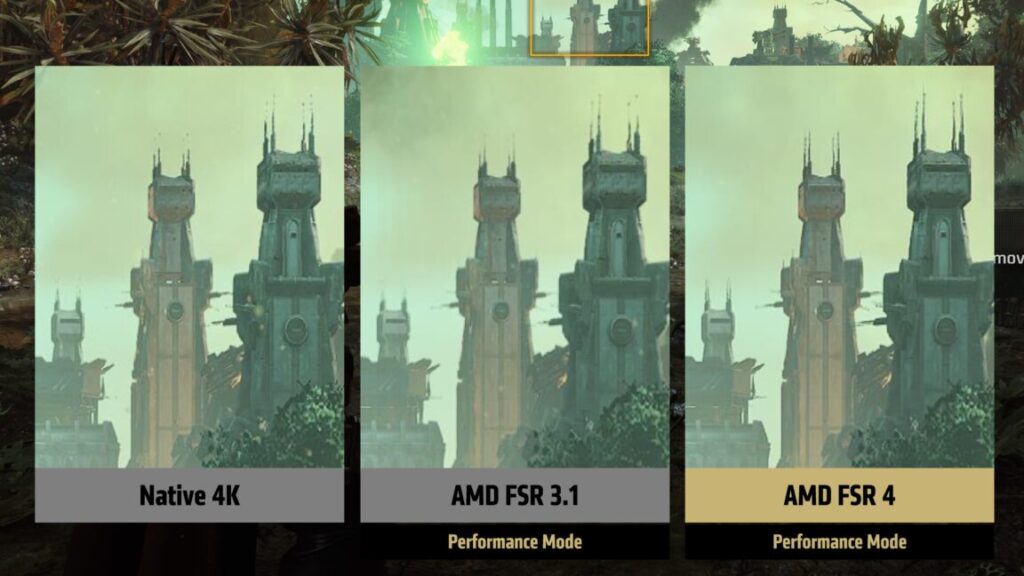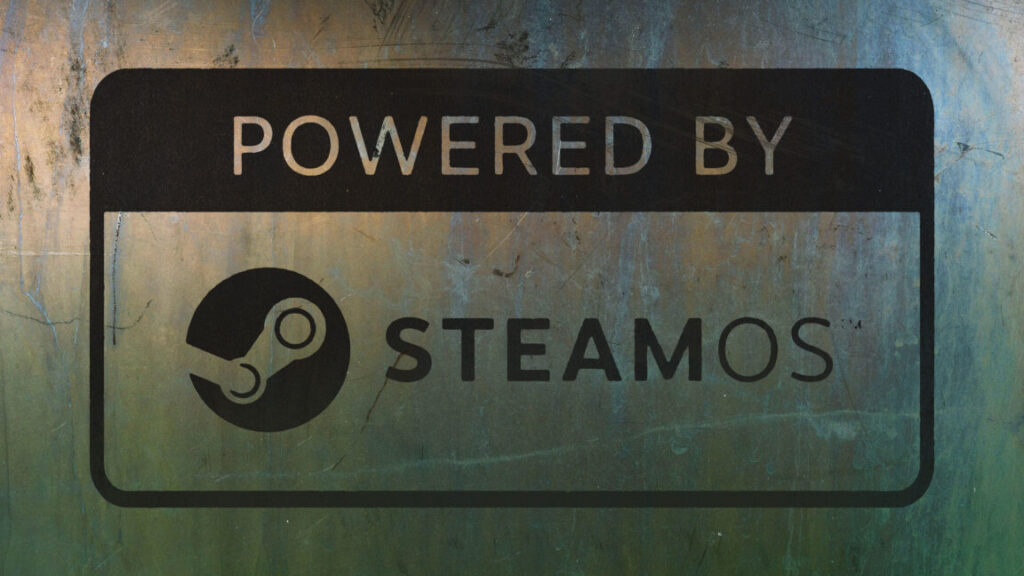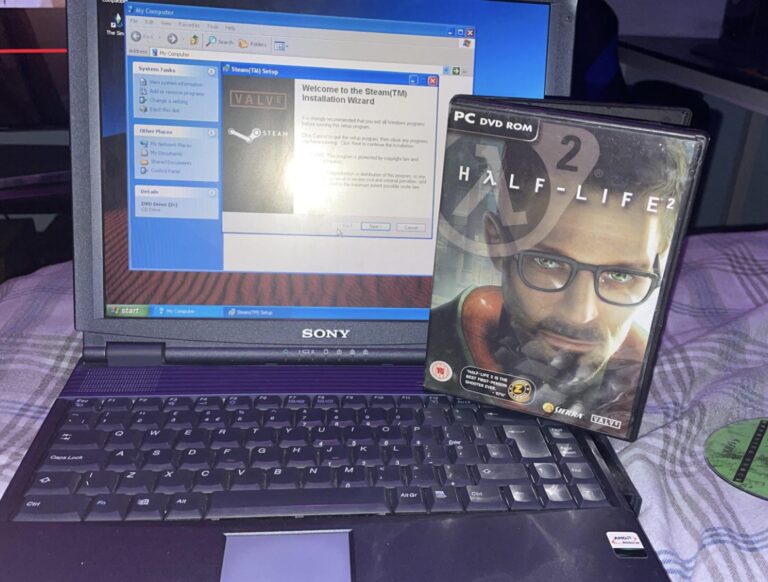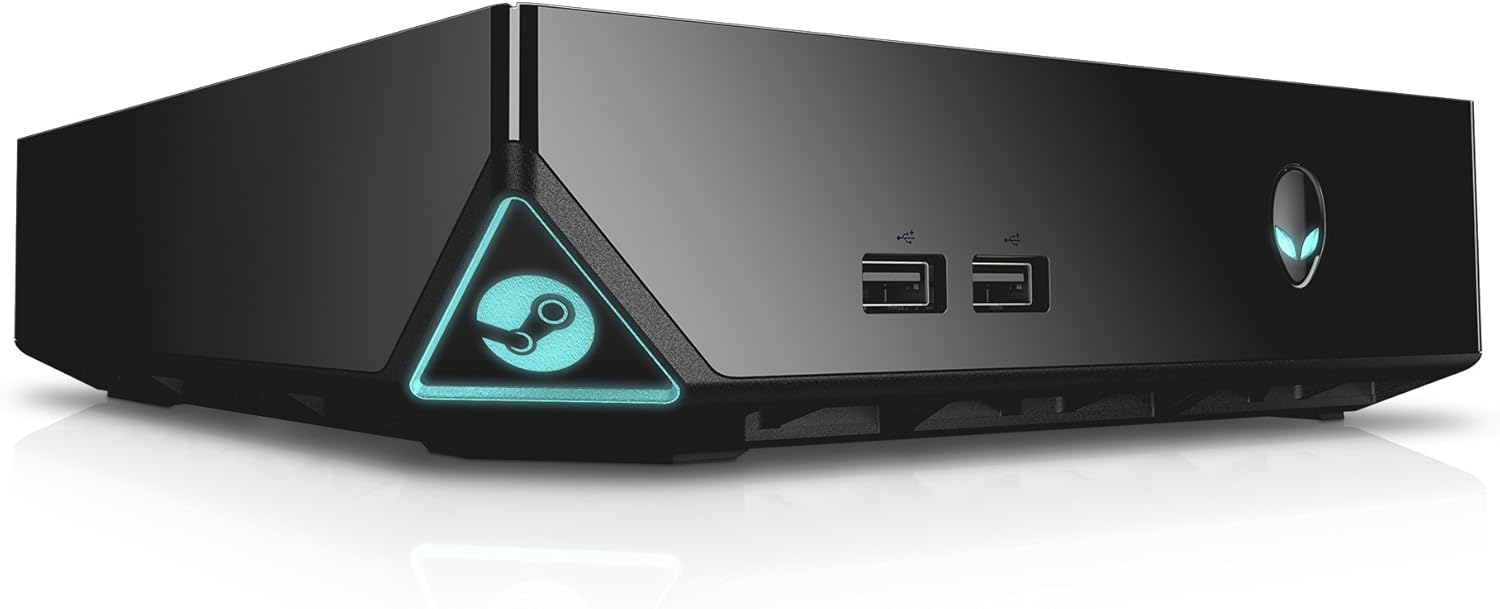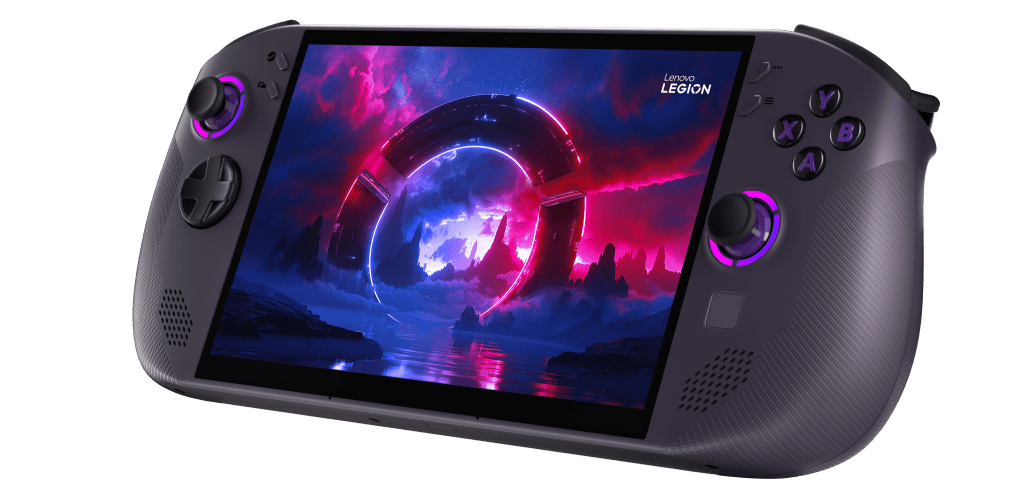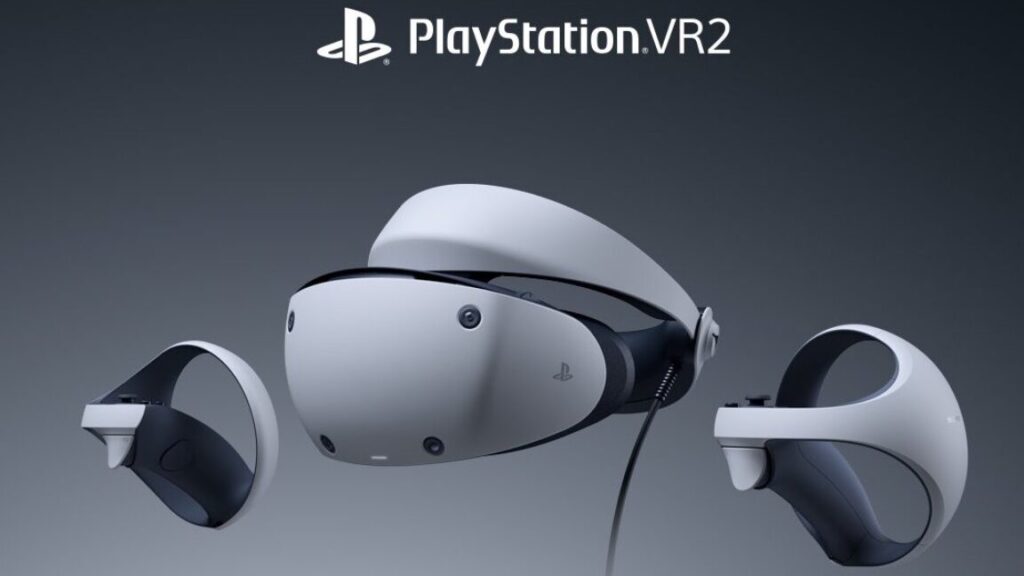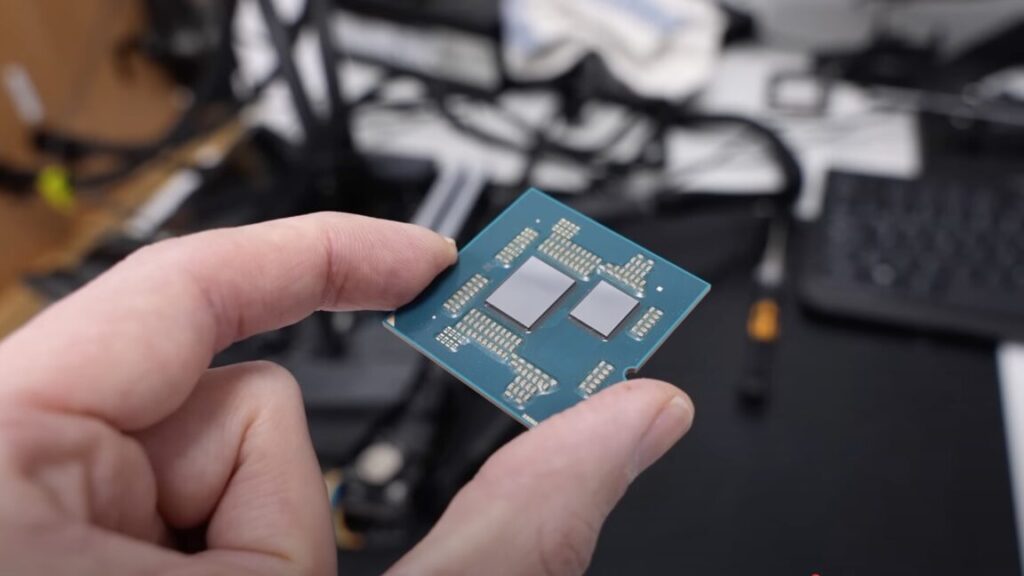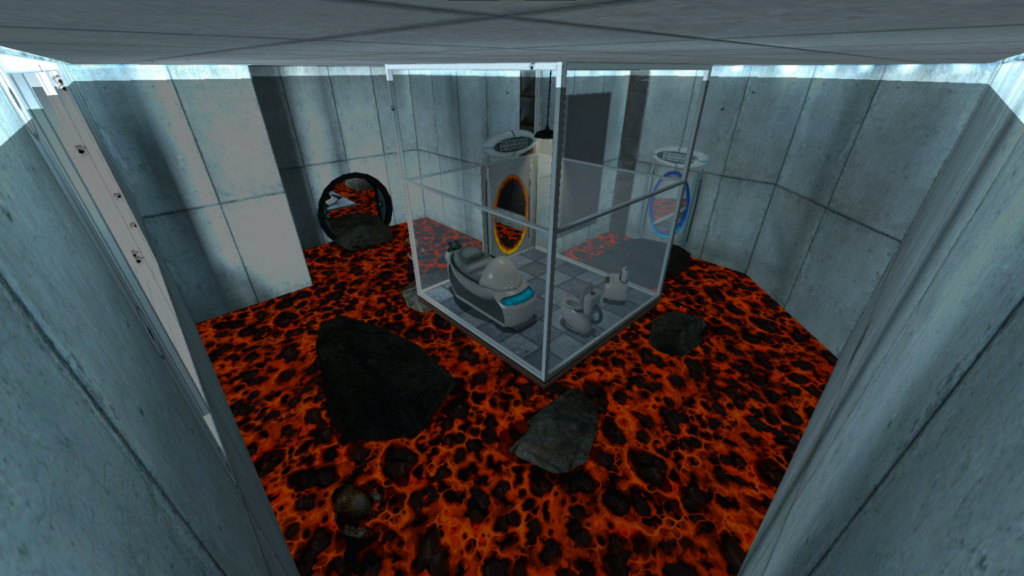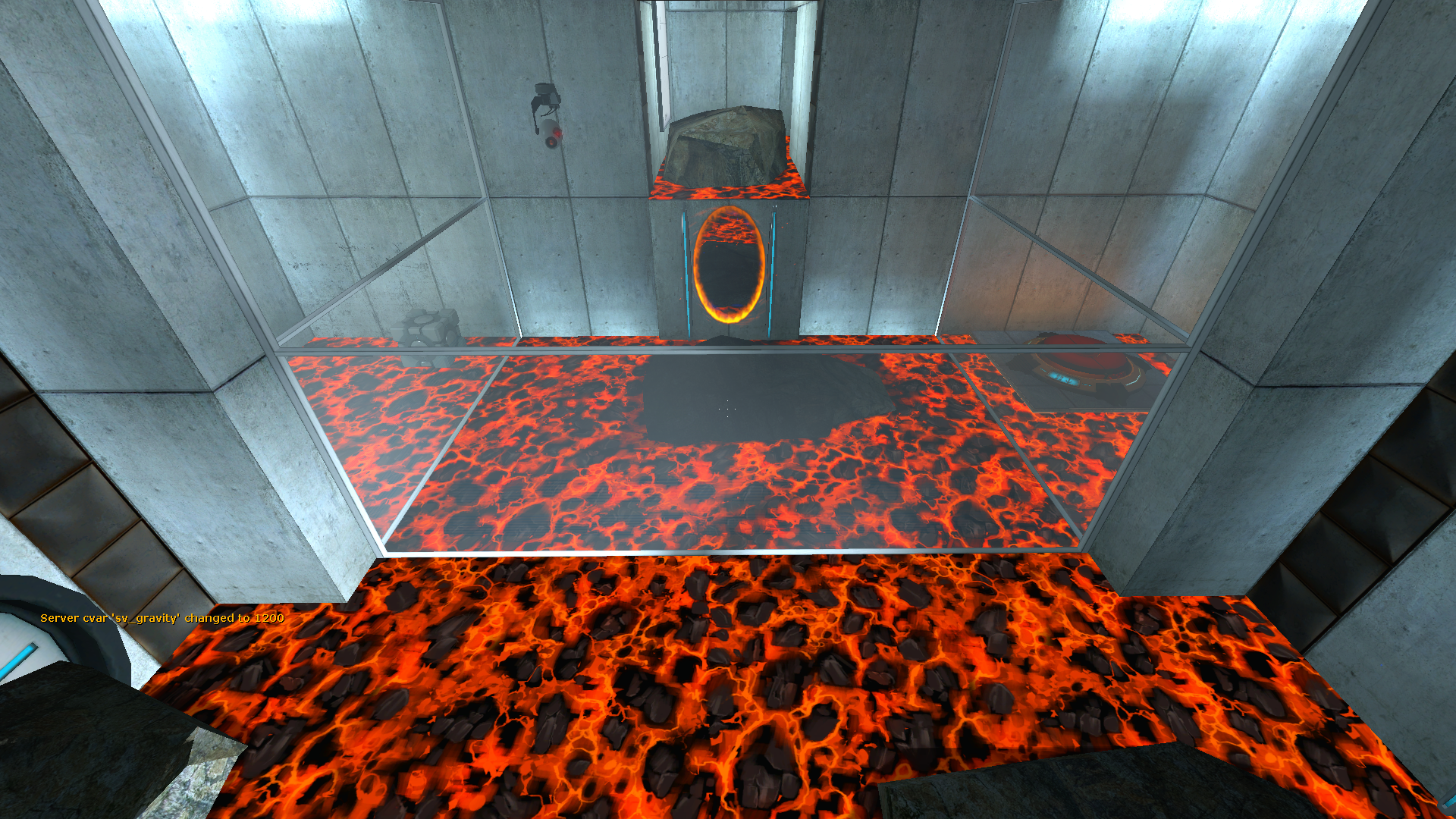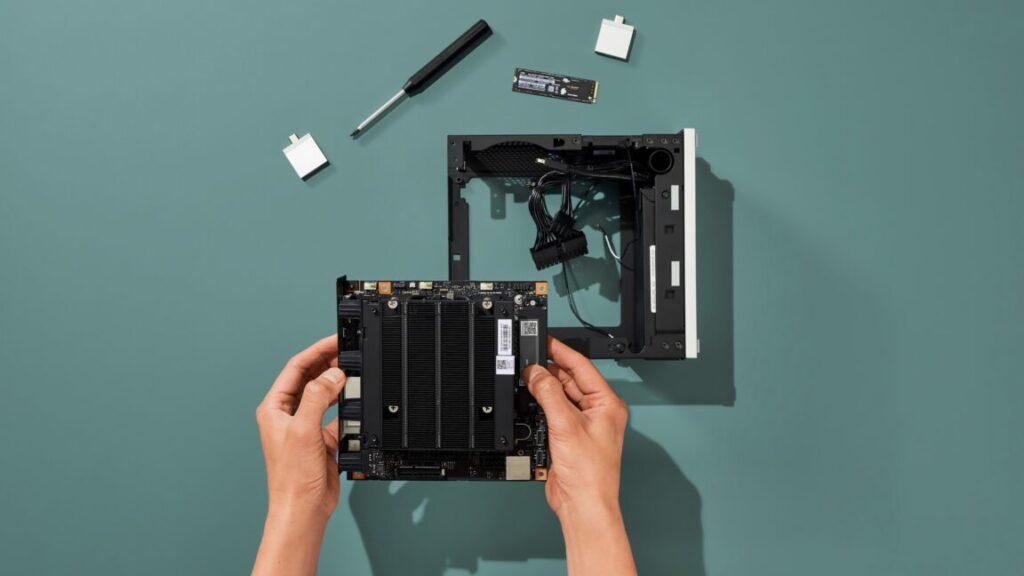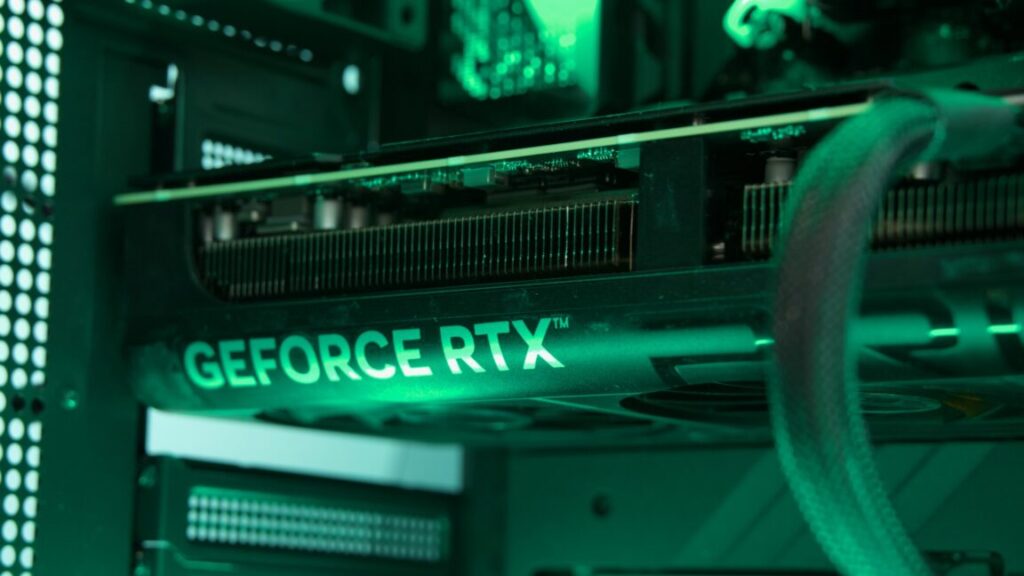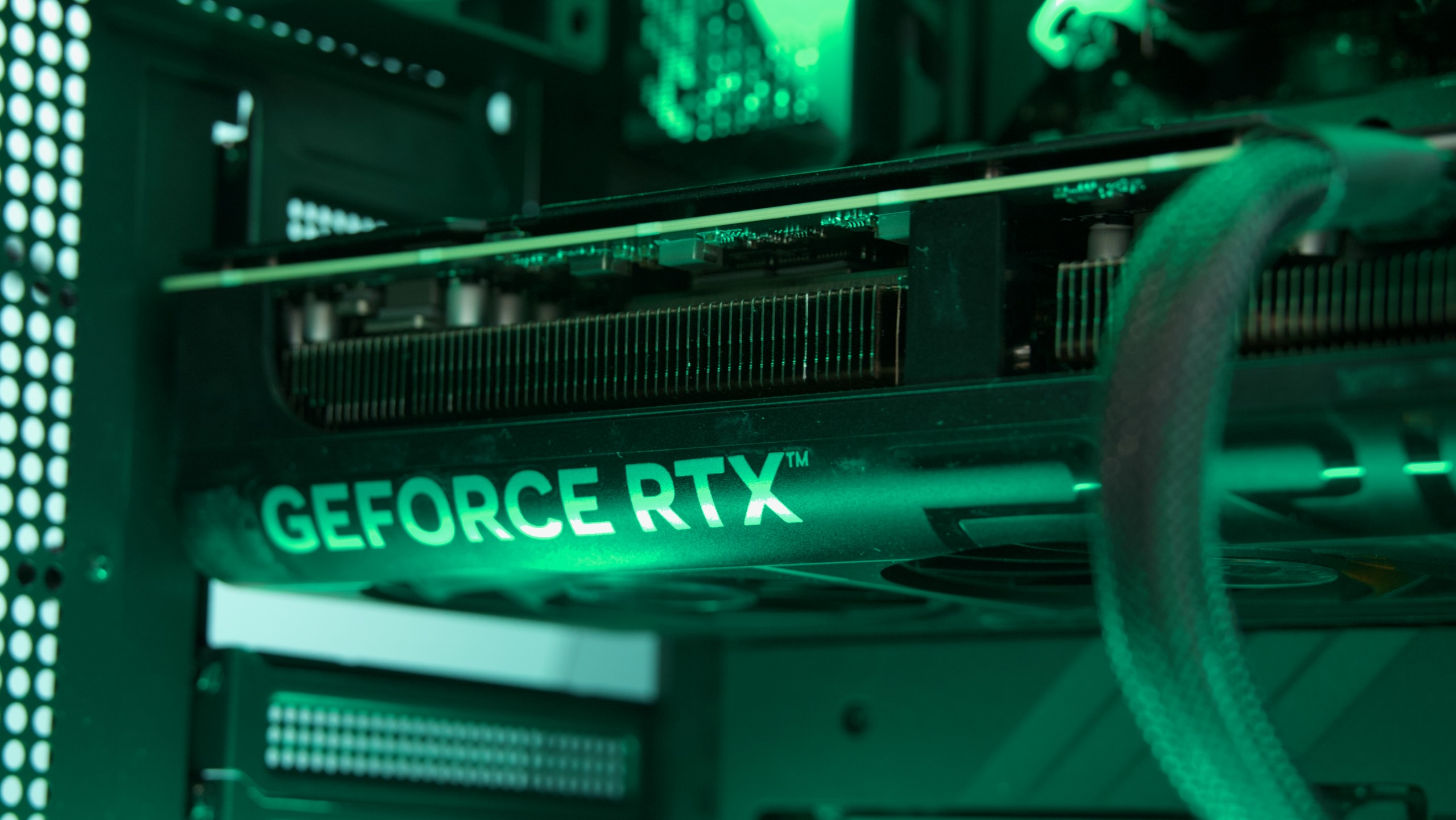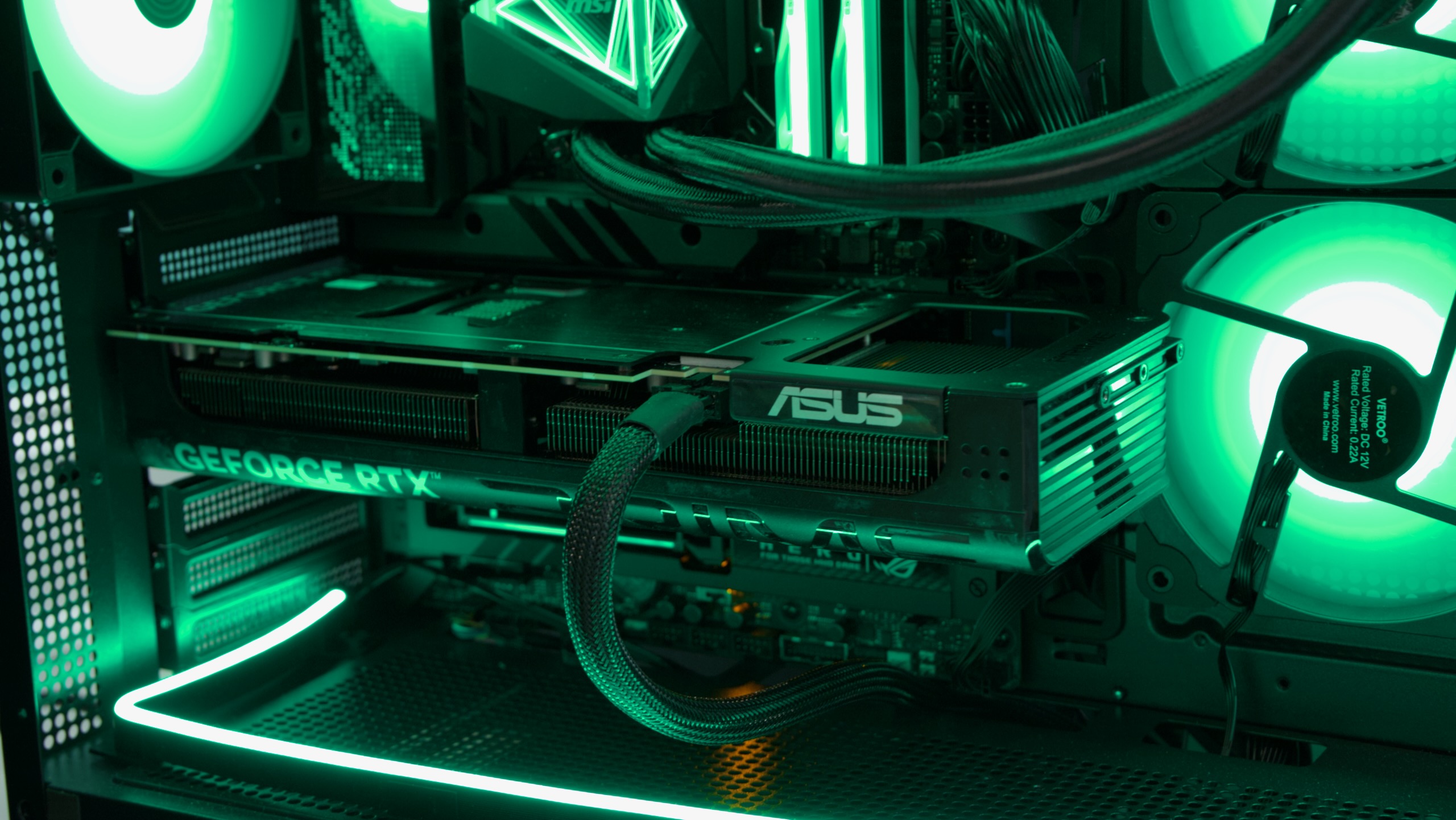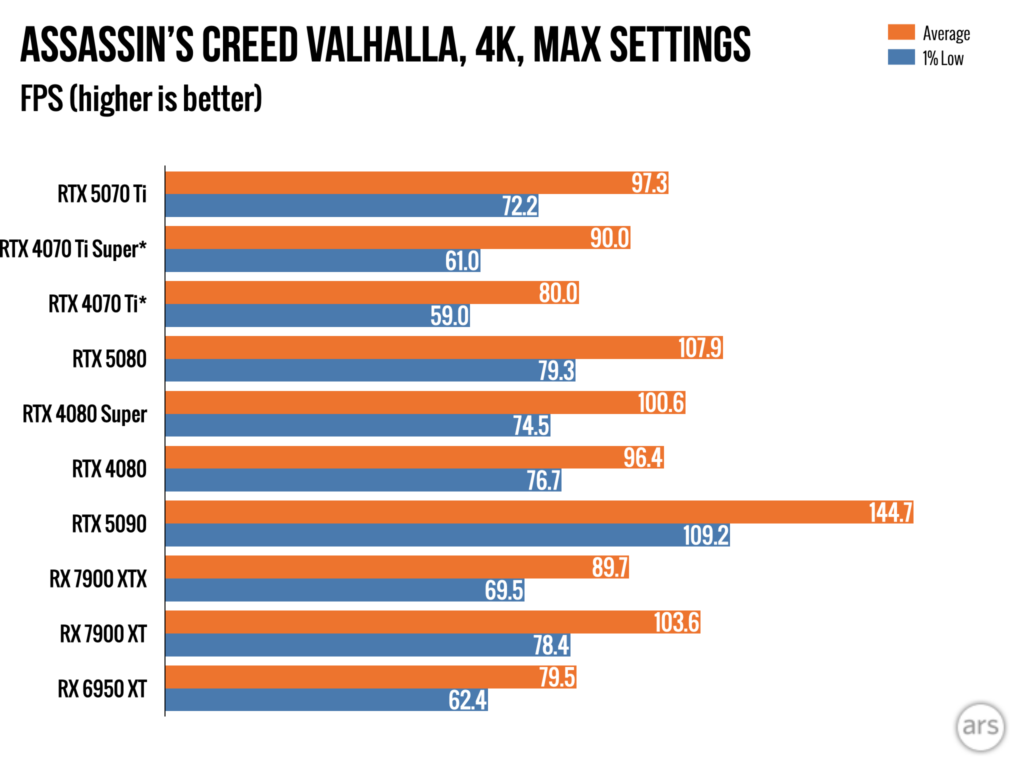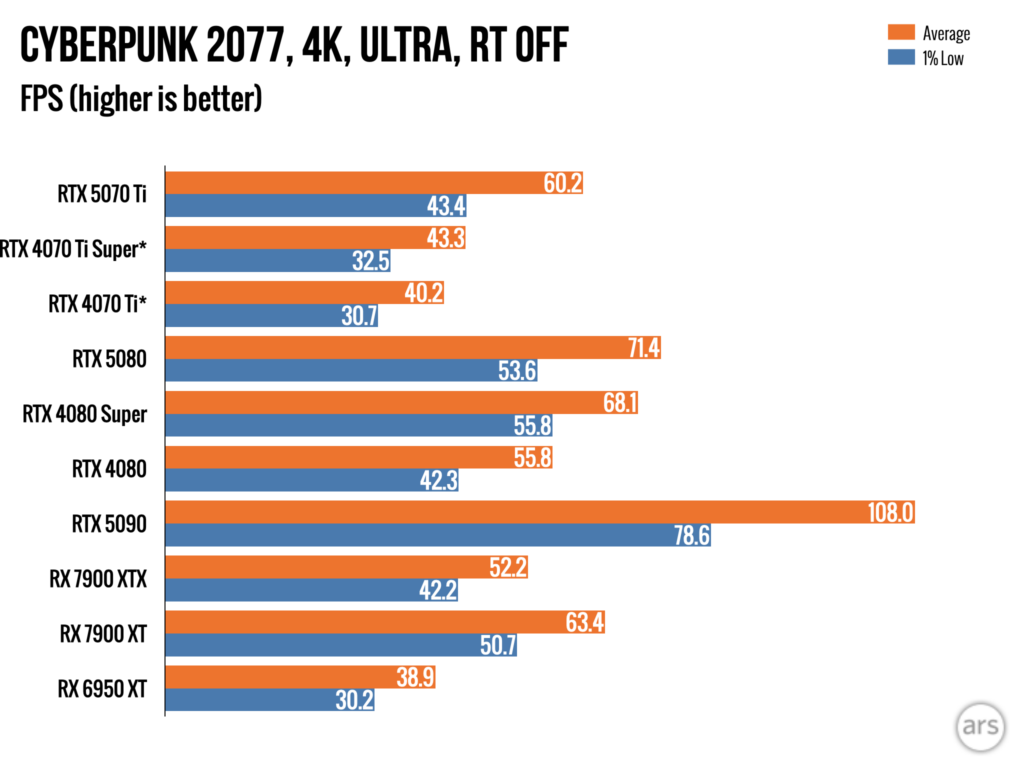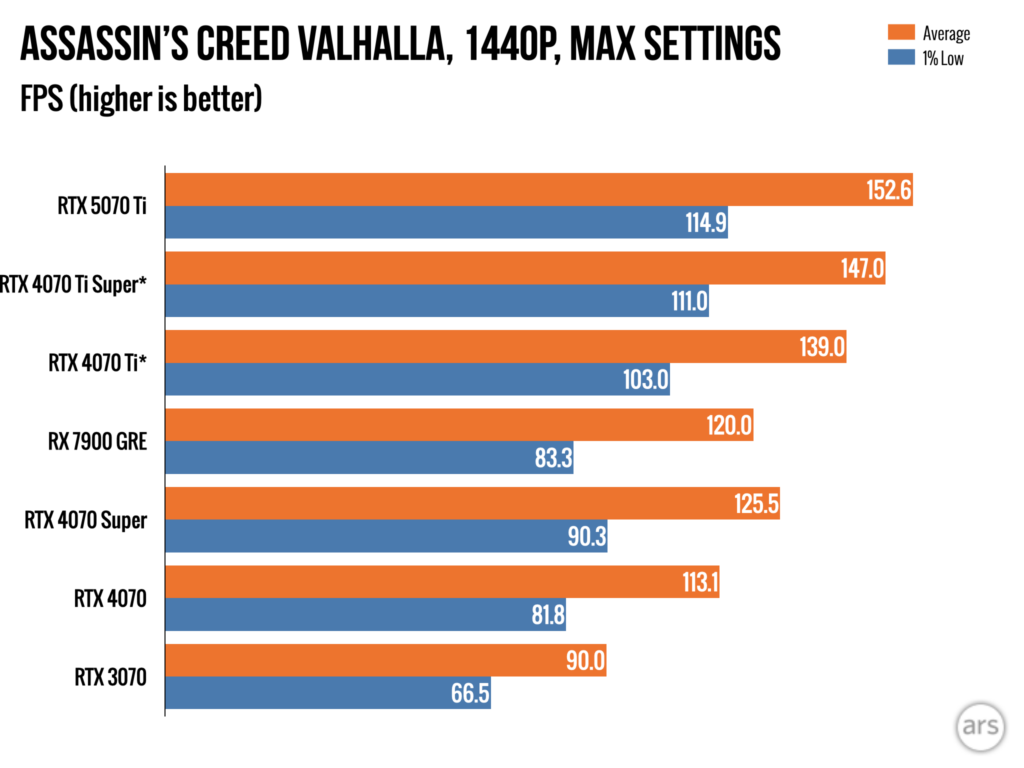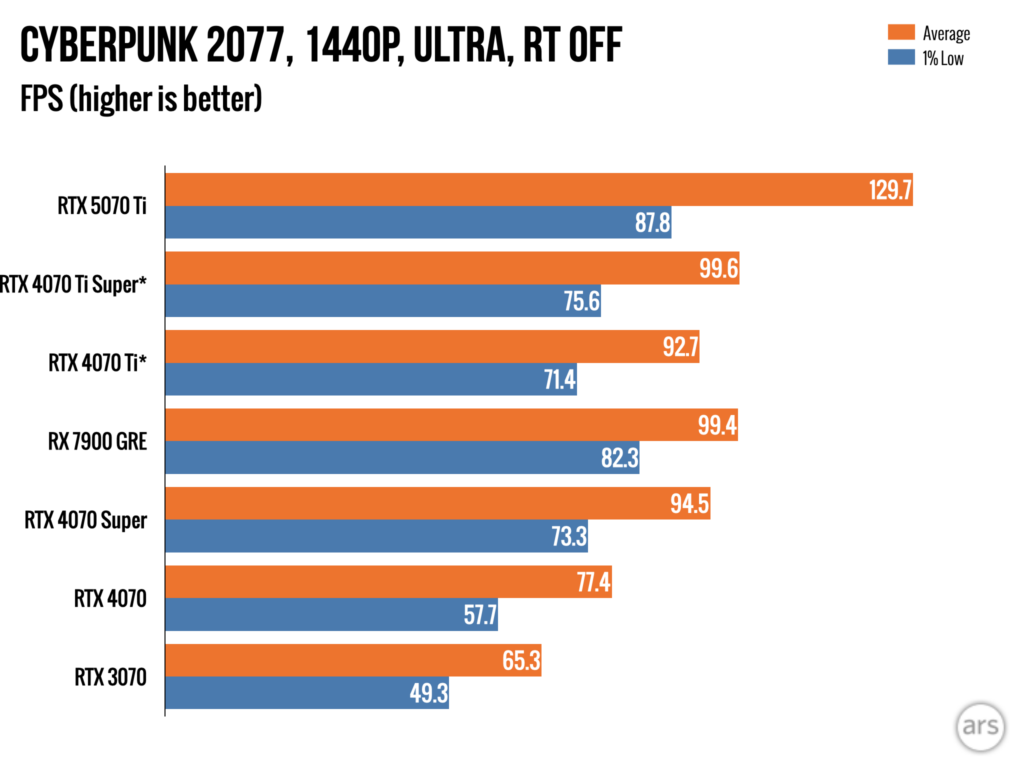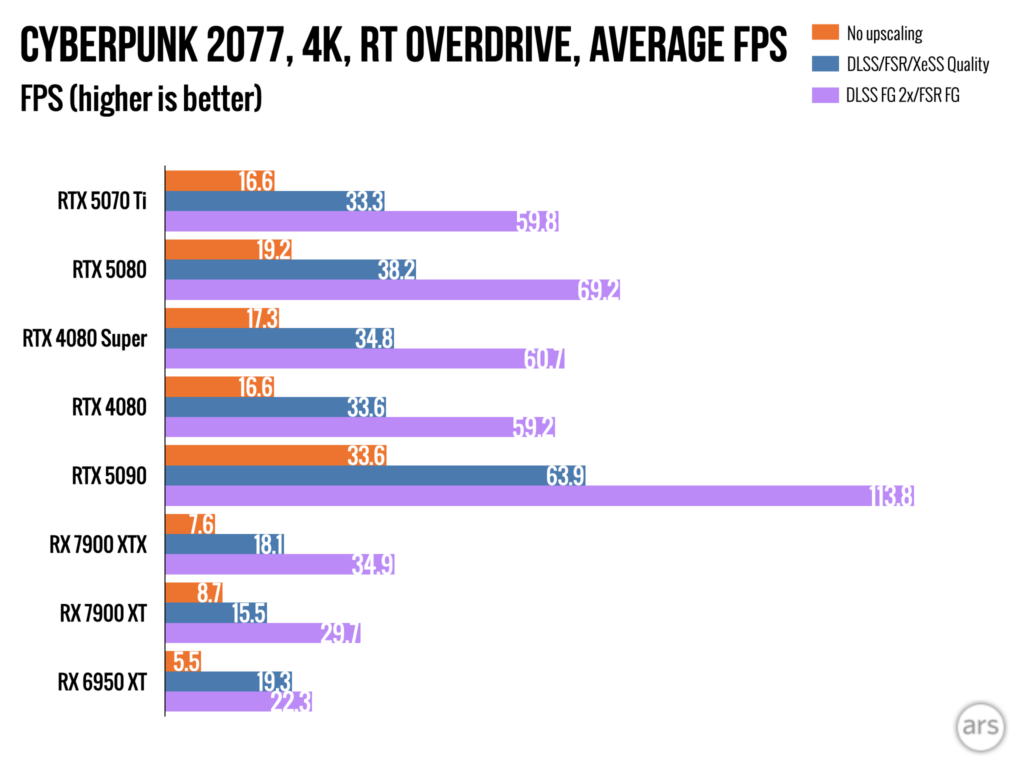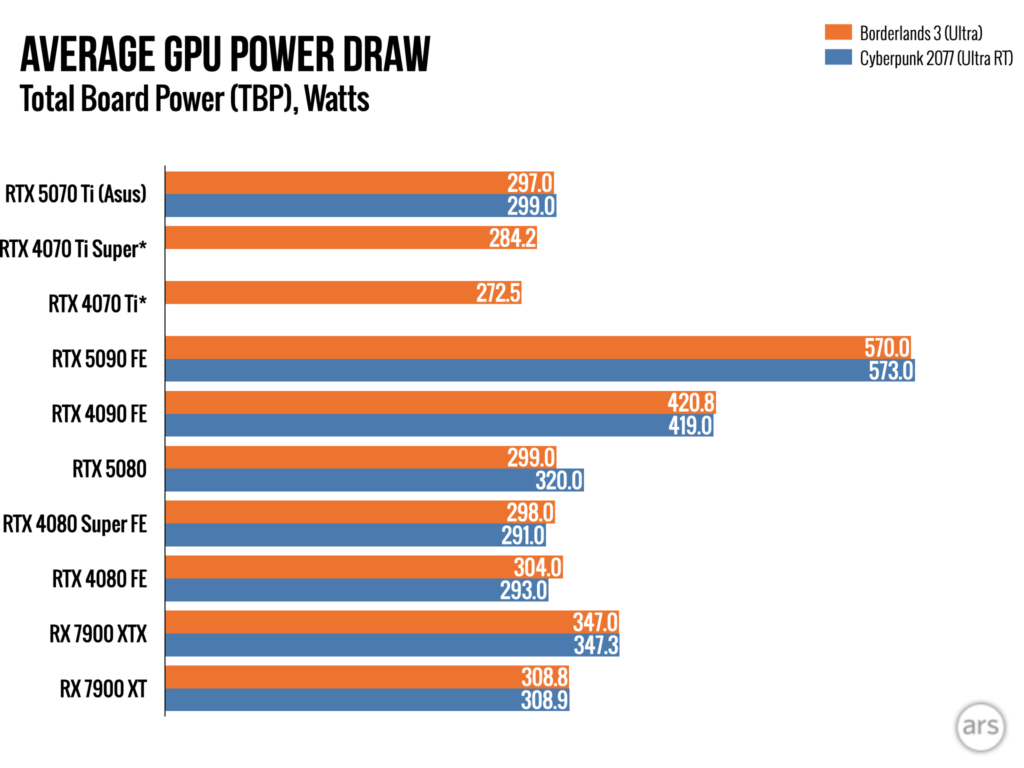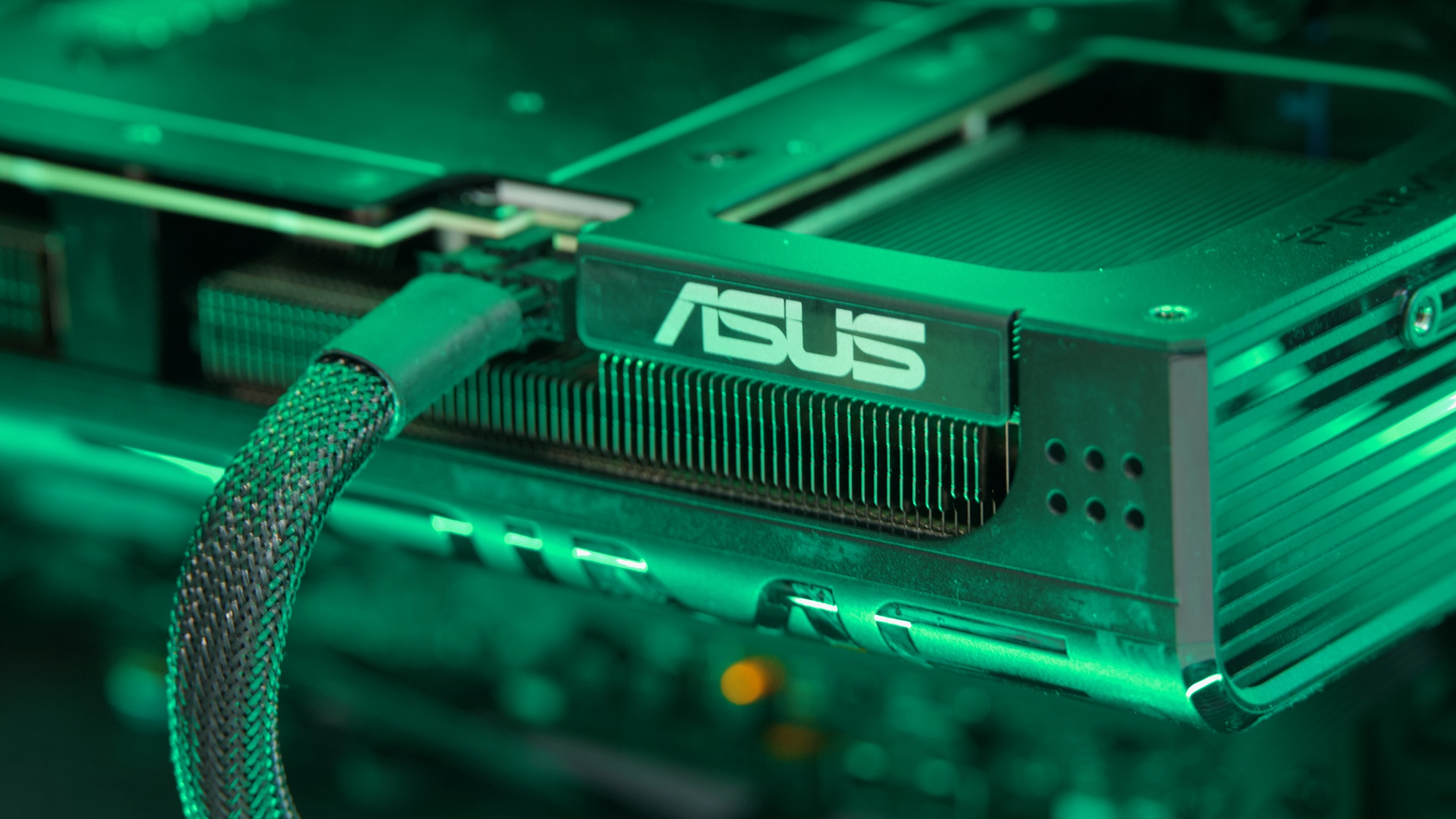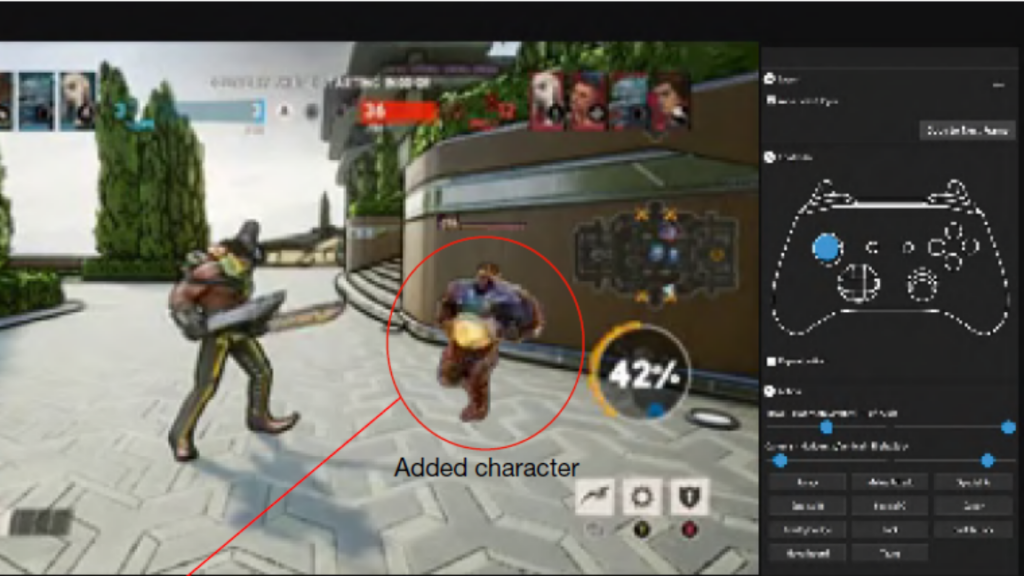AMD’s FSR 4 upscaling is exclusive to 90-series Radeon GPUs, won’t work on other cards
AMD’s new Radeon RX 90-series cards and the RDNA4 architecture make their official debut on March 5, and a new version of AMD’s FidelityFX Super Resolution (FSR) upscaling technology is coming along with them.
FSR and Nvidia’s Deep Learning Super Sampling (DLSS) upscalers have the same goal: to take a lower-resolution image rendered by your graphics card, bump up the resolution, and fill in the gaps between the natively rendered pixels to make an image that looks close to natively rendered without making the GPU do all that rendering work. These upscalers can make errors, and they won’t always look quite as good as a native-resolution image. But they’re both nice alternatives to living with a blurry, non-native-resolution picture on an LCD or OLED display.
FSR and DLSS are especially useful for older or cheaper 1080p or 1440p-capable GPUs that are connected to a 4K monitor, where you’d otherwise have to decide between a sharp 4K image and a playable frame rate; it’s also useful for hitting higher frame rates at lower resolutions, which can be handy for high-refresh-rate gaming monitors.
But unlike past versions of FSR, FSR 4 is upscaling images using hardware-backed machine-learning algorithms, hardware newly added to RDNA4 and the RX 90-series graphics cards. This mirrors Nvidia’s strategy with DLSS, which has always leveraged the tensor cores found in RTX GPUs to run machine-learning models to achieve superior image quality for upscaled and AI-generated frames. If you don’t have an RDNA4 GPU, you can’t use FSR 4.
AMD’s FSR 4 upscaling is exclusive to 90-series Radeon GPUs, won’t work on other cards Read More »
